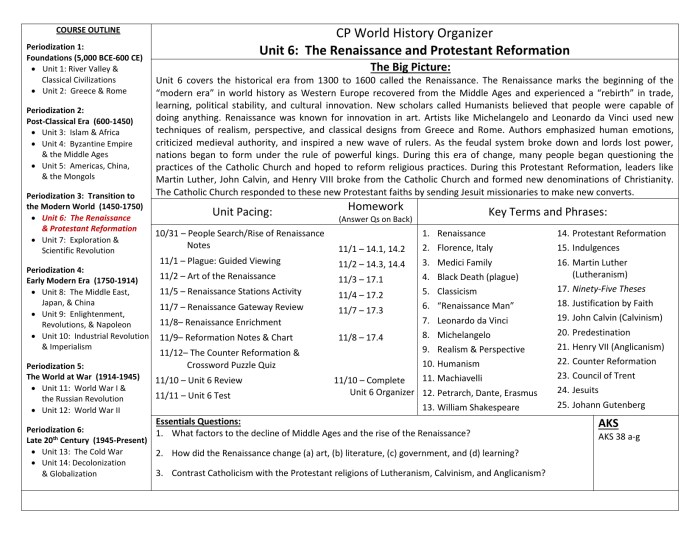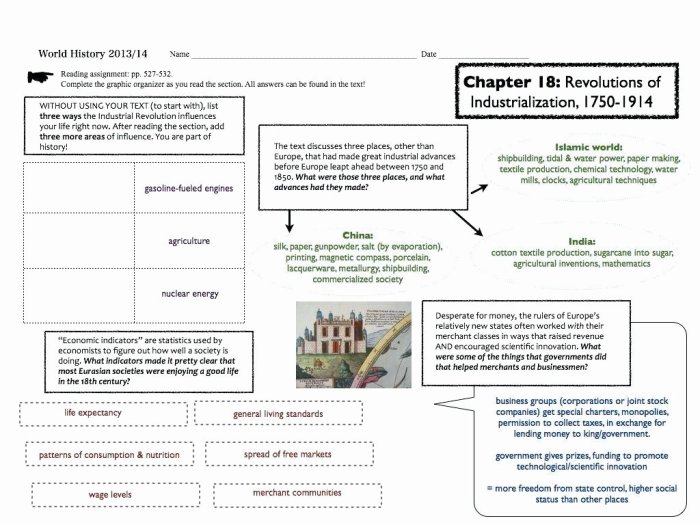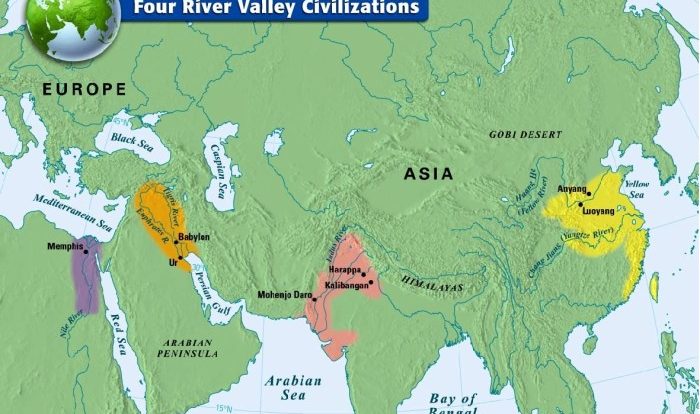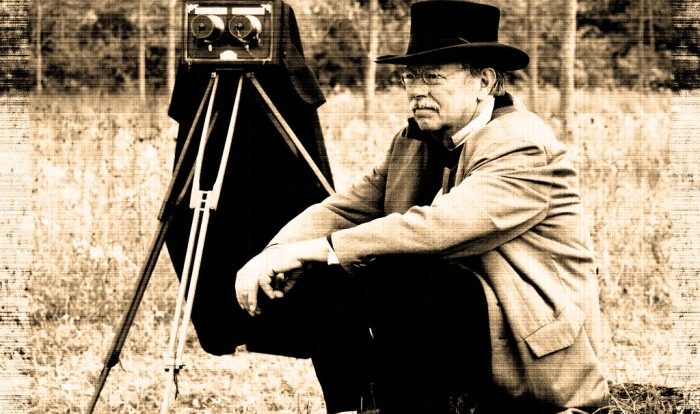The Protestant Reformation Worksheet Answers unveils the pivotal events, figures, and consequences that shaped the religious landscape of Europe. This comprehensive guide provides a profound understanding of the Reformation’s origins, its spread, and its lasting impact on Western civilization.
The worksheet answers delve into the historical context, exploring the religious and political landscape of pre-Reformation Europe. They illuminate the key figures, such as Martin Luther, and the events, including the Ninety-Five Theses, that ignited the Reformation.
Historical Context

The Reformation occurred within a complex religious and political landscape in Europe. The Catholic Church held a dominant position, with the pope as its head. The church’s authority extended into both religious and secular realms, and its teachings and practices were deeply ingrained in European society.
However, by the late Middle Ages, discontent with the Catholic Church had been growing. Critics pointed to abuses within the church, such as the sale of indulgences, the corruption of the clergy, and the suppression of dissent. These criticisms were fueled by a growing humanist movement that emphasized reason and individual interpretation of scripture.
Key Events and Figures
- Jan Hus (1369-1415):A Czech reformer who challenged the authority of the pope and the Catholic Church. Hus was burned at the stake for heresy.
- Desiderius Erasmus (1466-1536):A Dutch humanist who criticized the Catholic Church for its corruption and emphasis on ritual. Erasmus’s writings helped to spread the ideas of humanism throughout Europe.
- Martin Luther (1483-1546):A German theologian who is considered the father of the Reformation. Luther’s Ninety-Five Theses sparked the Protestant Reformation.
Martin Luther and the Ninety-Five Theses

Biography of Martin Luther, The protestant reformation worksheet answers
Martin Luther was born in Eisleben, Germany, in 1483. He studied law at the University of Erfurt, but after a near-death experience, he entered a monastery. In 1517, Luther became a professor of theology at the University of Wittenberg.
Ninety-Five Theses
In 1517, Luther published his Ninety-Five Theses, a list of grievances against the Catholic Church. The theses challenged the church’s authority, the sale of indulgences, and the concept of purgatory. Luther’s theses were quickly spread throughout Europe, thanks to the newly invented printing press.
Impact of the Ninety-Five Theses
The Ninety-Five Theses had a profound impact on European society. They sparked a debate about the authority of the Catholic Church and led to the Protestant Reformation. Luther’s ideas were embraced by many people who were dissatisfied with the Catholic Church, and they quickly spread throughout Europe.
Spread of the Reformation: The Protestant Reformation Worksheet Answers
Factors Contributing to the Spread of the Reformation
- The printing press:The invention of the printing press allowed Luther’s ideas to be quickly and easily spread throughout Europe.
- Discontent with the Catholic Church:Many people were dissatisfied with the Catholic Church’s corruption and abuses, and they were receptive to Luther’s ideas.
- Political support:Some rulers in Europe, such as Henry VIII of England, supported the Reformation as a way to increase their own power.
Key Figures and Movements
- John Calvin (1509-1564):A French theologian who developed a systematic theology that became the basis of Calvinism.
- Anabaptists:A radical Protestant movement that rejected infant baptism and believed in the separation of church and state.
- Puritans:A group of English Protestants who sought to purify the Church of England of Catholic practices.
Impact on European Society
The Reformation had a profound impact on European society. It led to religious wars, political upheaval, and the rise of new nations. The Reformation also had a major impact on education, the arts, and the development of science.
Catholic Counter-Reformation
Reasons for the Catholic Church’s Response
The Catholic Church initially responded to the Reformation with persecution. However, after the Council of Trent (1545-1563), the church began to implement a series of reforms known as the Counter-Reformation.
Key Elements of the Counter-Reformation
- Reformation of the clergy:The Catholic Church sought to improve the education and morality of its clergy.
- Reformation of the liturgy:The Catholic Church revised its liturgy to make it more accessible to the laity.
- Establishment of new religious orders:The Catholic Church established new religious orders, such as the Jesuits, to promote the Counter-Reformation.
Effectiveness of the Counter-Reformation
The Counter-Reformation was largely successful in preventing the spread of Protestantism in Catholic Europe. However, it did not succeed in bringing Protestants back to the Catholic Church.
Long-Term Effects of the Reformation
Religious Consequences
- The rise of Protestantism:The Reformation led to the rise of Protestantism, a new branch of Christianity that rejected the authority of the Catholic Church.
- Religious wars:The Reformation led to religious wars throughout Europe, including the Thirty Years’ War (1618-1648).
- The division of Europe:The Reformation divided Europe into Catholic and Protestant regions.
Political Consequences
- The rise of nation-states:The Reformation weakened the authority of the Holy Roman Empire and led to the rise of nation-states in Europe.
- The decline of papal power:The Reformation led to the decline of papal power in Europe.
- The rise of secularism:The Reformation contributed to the rise of secularism in Europe.
Social Consequences
- The rise of literacy:The Reformation led to the rise of literacy in Europe as people sought to read the Bible for themselves.
- The development of new educational institutions:The Reformation led to the development of new educational institutions, such as universities and schools.
- The rise of individualism:The Reformation emphasized the importance of the individual and led to the rise of individualism in Europe.
Table: Key Differences Between Catholicism and Protestantism
| Characteristic | Catholicism | Protestantism |
|---|---|---|
| Authority | Pope and Catholic Church | Bible |
| Salvation | Through faith and good works | Through faith alone |
| Eucharist | Transubstantiation | Memorial |
| Priesthood | Ordained clergy | All believers |
| Role of the Virgin Mary | Intercessor | Example of faith |
Popular Questions
What were the main points of Martin Luther’s Ninety-Five Theses?
Luther’s Ninety-Five Theses challenged the Catholic Church’s authority, questioned the efficacy of indulgences, and emphasized the importance of faith alone for salvation.
What factors contributed to the spread of the Reformation throughout Europe?
The printing press, political grievances, and the desire for religious reform played significant roles in the spread of the Reformation.
What were the key elements of the Catholic Counter-Reformation?
The Catholic Counter-Reformation involved the establishment of the Council of Trent, the Index of Forbidden Books, and the Jesuit order, which aimed to combat Protestantism and strengthen the Catholic Church.


